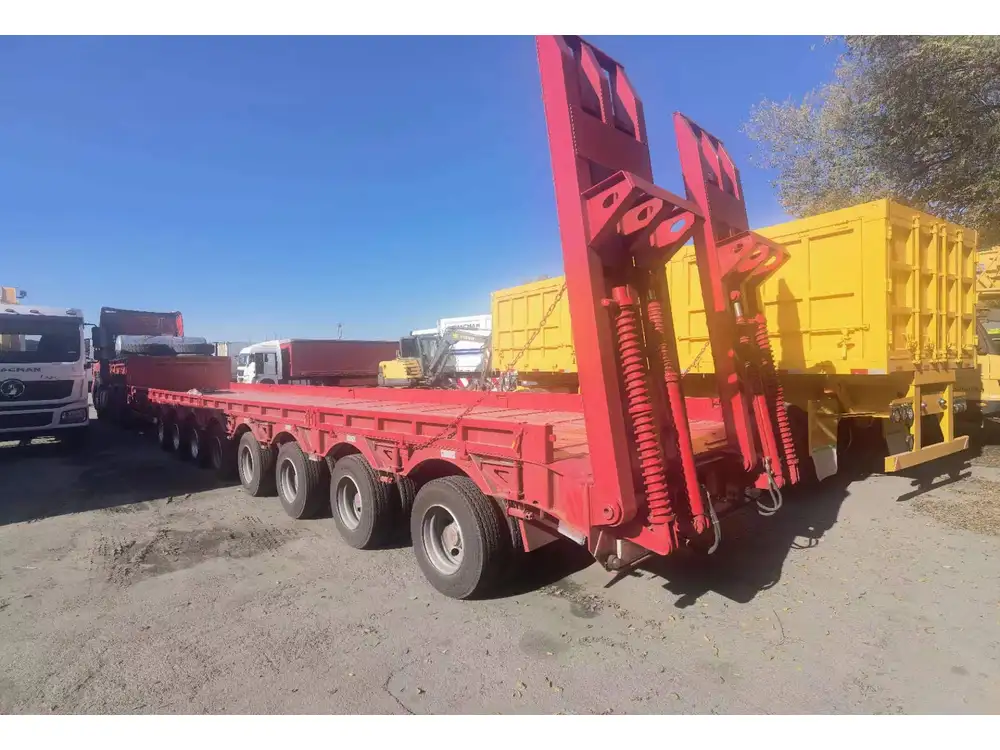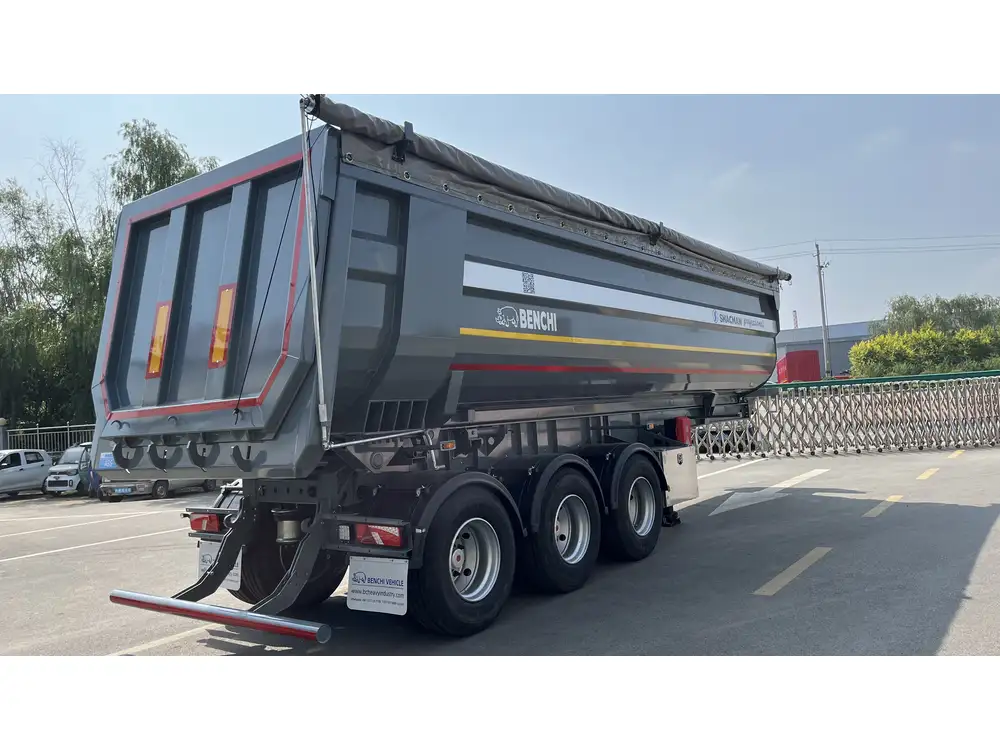When it comes to semi-water trailers, proper maintenance is crucial for ensuring efficient operation and longevity. One of the most important components of these trailers is the pop-off valve, responsible for regulating pressure and preventing overfilling. This article will dive deep into the specifics of adjusting the pop-off valve, enhancing your understanding and ensuring optimal performance of your semi-water trailer.
Understanding the Function of the Pop Off Valve
The pop-off valve serves as a safety mechanism in semi-water trailers. By controlling pressure levels, it helps prevent tank ruptures and spillage, which can lead to hazardous situations. When the pressure in the tank reaches a predetermined level, the valve opens automatically, releasing excess pressure. Therefore, ensuring that the pop-off valve is correctly adjusted is essential for both safety and operational efficiency.
Key Components of the Pop Off Valve
| Component | Function |
|---|---|
| Valve Body | The main part housing all other components; critical for sealing |
| Spring Pressure | Determines the pressure threshold at which the valve opens |
| Adjustment Screw | Allows for fine-tuning of valve pressure settings |
| Discharge Port | Routes the excess pressure safely away from the tank |

Signs of an Improperly Adjusted Pop Off Valve
Before delving into the adjustment process, it is crucial to recognize the signs that indicate your pop-off valve might need adjustment:
- Pressure Fluctuation: If you notice constant fluctuations in pressure readings, it may be an indication that the valve is not functioning correctly.
- Leaking Water: Water leaking from the valve itself is a sure sign that it requires attention.
- Increased Filling Time: A longer-than-usual filling process can point to an improperly set pop-off valve.
- Pressure Relief During Vehicle Operation: If the valve is releasing pressure during normal operation, your adjustment may be necessary.
Preparing for the Adjustment
Before starting the adjustment process, take the following steps to ensure a safe and efficient operation:
- Safety Gear: Equip yourself with gloves and goggles to protect against any water pressure releases.
- Tools Required: Gather the necessary tools, including a wrench, a pressure gauge, and, if necessary, an adjustable screwdriver.
- Check the Manual: Refer to your semi-water trailer owner’s manual for specific instructions and pressure specifications.
Step-by-Step Guide to Adjusting the Pop Off Valve

1. Locate the Pop Off Valve
The pop-off valve is typically situated at the top of the water tank. It is essential to familiarize yourself with its location before proceeding.
2. Release Pressure Safely
Before making any adjustments, ensure that the tank is depressurized. Follow these steps:
- Turn off the pump.
- Open the discharge valve to allow pressure to escape.
- Monitor the pressure gauge until it reads zero.
3. Inspect the Valve
Examine the pop-off valve for any visible damage, dirt, or debris. Clean any foreign materials, and replace the valve if necessary.

4. Determine the Desired Pressure Setting
Using your owner’s manual, determine the desired pressure setting for your specific trailer. Typically, the standard range is between 40-60 psi.
5. Adjust the Spring Tension
Use the adjustable wrench to loosen the lock nut found on the adjustment screw, which is located on the valve body.
To Increase Pressure: Turn the adjustment screw clockwise. This will compress the spring, raising the pressure threshold at which the valve opens.
To Decrease Pressure: Turn the screw counterclockwise. This action will decompress the spring, lowering the pressure threshold.
It’s essential to make small adjustments of approximately a quarter turn each time before testing.
6. Replace the Lock Nut
After achieving the desired pressure setting, tighten the lock nut carefully to secure the adjustment screw in place. Do not overtighten, as this could damage the thread or the valve.

7. Test the Pressure
Reattach the pressure gauge and re-pressurize the system. Gradually fill the tank while monitoring the pressure reading. Ensure that the pop-off valve opens at the specified pressure.
8. Perform a Functionality Test
After adjusting, perform a quick function test to ensure the valve operates correctly:
- Fill the tank to pressure; observe if the pop-off valve activates at your set threshold.
- Verify no leaks occur during operation.
Common Issues and Troubleshooting
| Issue | Possible Cause | Solution |
|---|---|---|
| Valve does not open | Incorrect adjustment or faulty valve | Re-adjust or replace the valve |
| Continuous pressure release | Worn valve seat or damaged spring | Replace the spring/valve |
| Slow filling | Pressure set too low or blocked inlet | Clean the inlet, adjust pressure |
| Valve appears stuck | Dirt debris or corrosion blocking movement | Clean thoroughly or replace the valve |

Maintenance Tips for Your Pop Off Valve
To prolong the lifespan and reliability of your pop-off valve, consider the following maintenance practices:
- Regular Inspections: Periodically check for leaks and proper operation.
- Cleanliness: Keep the valve area clean from dirt and debris.
- Lubrication: If applicable, apply appropriate lubricants to the valve’s moving parts.
- Document Adjustments: Keep a log of all adjustments and maintenance performed for future reference.
Conclusion
Adjusting the pop-off valve on a semi-water trailer is a task that, while technical, is absolutely critical for ensuring the safety and efficiency of your operation. By following this detailed guide, you can address potential issues quickly and effectively, safeguarding not only your equipment but also your safety on the road. Regular checks and thoughtful adjustments not only preserve the performance of your water trailer but also contribute to a more sustainable and efficient operation.
By keeping this guide close at hand, you’ll be well-equipped to tackle any challenges related to your pop-off valve, elevating your expertise and confidence in managing your semi-water trailer efficiently.



